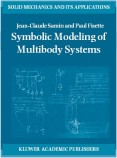People
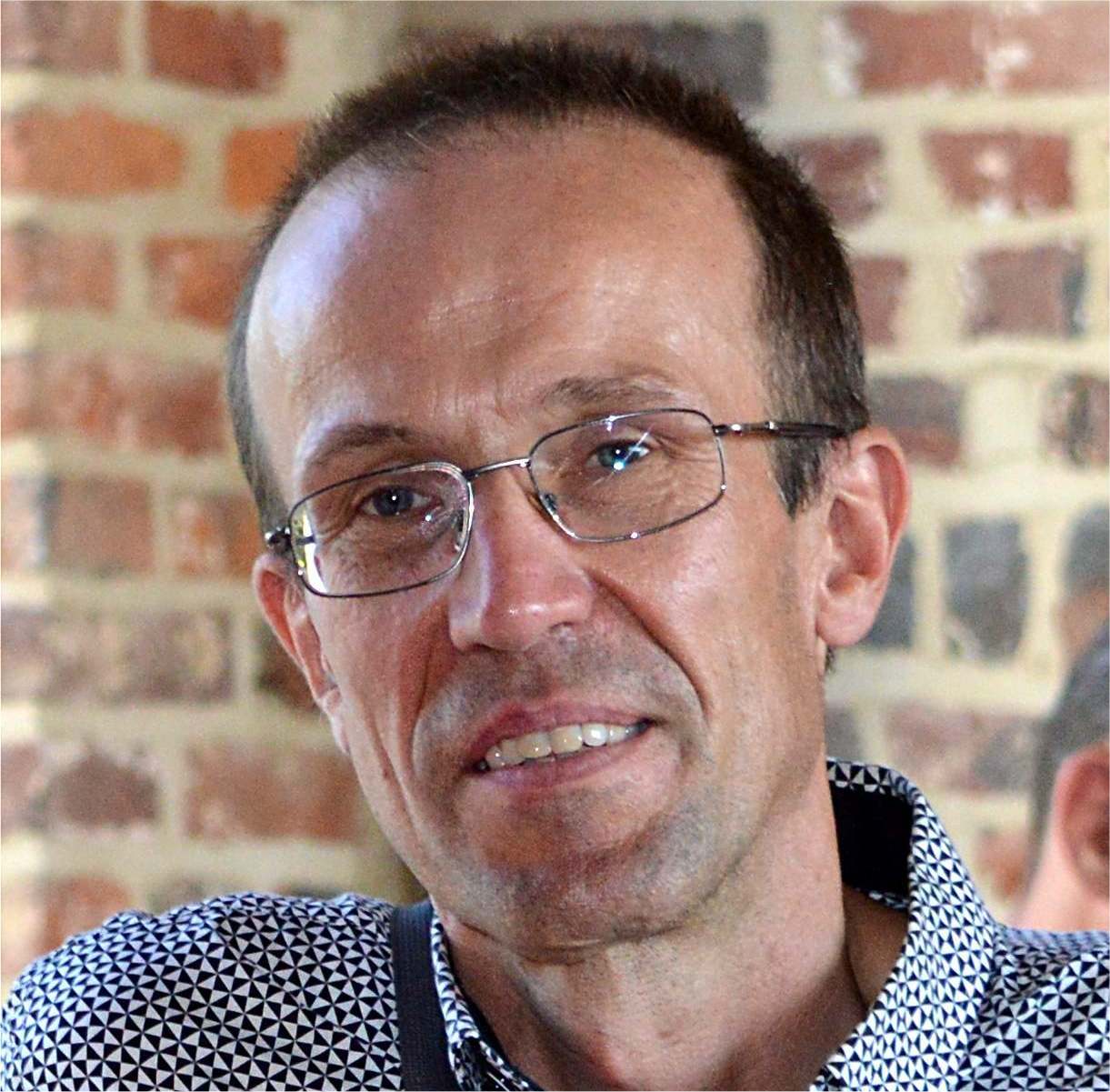

Paul Fisette obtained his degree in Mechanical Engineering from the Université catholique de Louvain (UCLouvain), Belgium in 1987. From 1990 to 1993, he worked as a researcher in the Department of Mechanical Engineering at the UCLouvain, in collaboration with the railway company B.N. Eurorail and obtained a doctoral degree (Docteur en sciences appliquées) from UCLouvain in March 1994. Since 1994, he has been working as research scientist with a fellowship from the Fonds National de la Recherche Scientifique (FNRS, Belgium) and he is developing research in multibody and multiphysics dynamics, symbolic programming (the ROBOTRAN multibody software) applied to railway and road vehicle dynamics, musculoskeletal system biomechanics and keyboard instruments. He is now full professor at the Ecole Polytechnique de Louvain (EPL) at the UCLouvain. He is co-author of a scientific book dedicated to multibody dynamics and symbolic programming, and co-author of more than 160 journal, conference papers and book chapters.
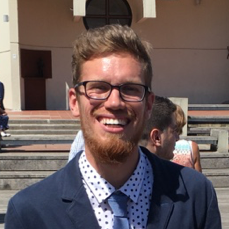

Simon Hinnekens graduated from the Université catholique de Louvain in June 2018 as a mechanical engineer. His interest in human body motion and running, reinforced by a one-year exchange program at the University of Notre-Dame (Indiana, USA) in the field of biomechanics, motivated him to apply for a PhD research.
His research project deals with the quantification of abdominal and back muscle forces involved in the human trunk during motion. The originality of this project is to develop a hybrid approach which consists of making the most of EMG signals to enrich a multibody model and to narrow the optimization parameters space when dealing with muscle redundancy.
Simon is the Mac-user of the Robotran team. Any bug related to Mac will be dealt by him one way or another. His contributions to Robotran are mainly pedagogical.
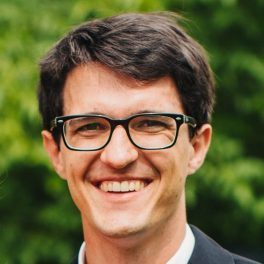

Ir. at UCLouvain in 2017, Sébastien Timmermans has finished his Ph.D. thesis under the supervision of Prof. Fisette in 2021 about the development of a haptic feedback device for digital keyboards based on real-time multibody models of piano actions.
Sébastien Timmermans was a FRIA Grant Holder of the Fonds de la Recherche scientifique-FNRS, Belgium. Furthermore, his project is in Collaboration with the MIM at Brussel and Prof. Anne-Emmanuelle Ceulemans of UCLouvain.
Sébastien helps for the development of Robotran mainly through the C and Python codes. Besides, he contributed to the dynamic lab and the ROS-Robotran interaction. Finally, he took part of several pedagogical projects. He currently works at Quandyga Engineering, the industry-oriented Spin-off for multibody applications with Robotran.
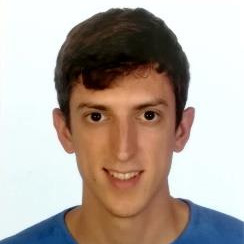

Raül Acosta Suñé obtained his Master’s degree in Industrial Engineering, with a specialization in mechanics, at the Universitat Politècnica de Catalunya (UPC) in 2017, Barcelona. At the end of his degree, he did his master thesis at UCLouvain as part of the WholeTrack industrial project. In 2019, he returned to Belgium to join the MEED department as a junior researcher for the CRAMIC project, a MecaTech program funded by the Walloon Region and integrated by 4 partners whose aim is to develop a new technology for the rail tracks of cranes used in international ports.
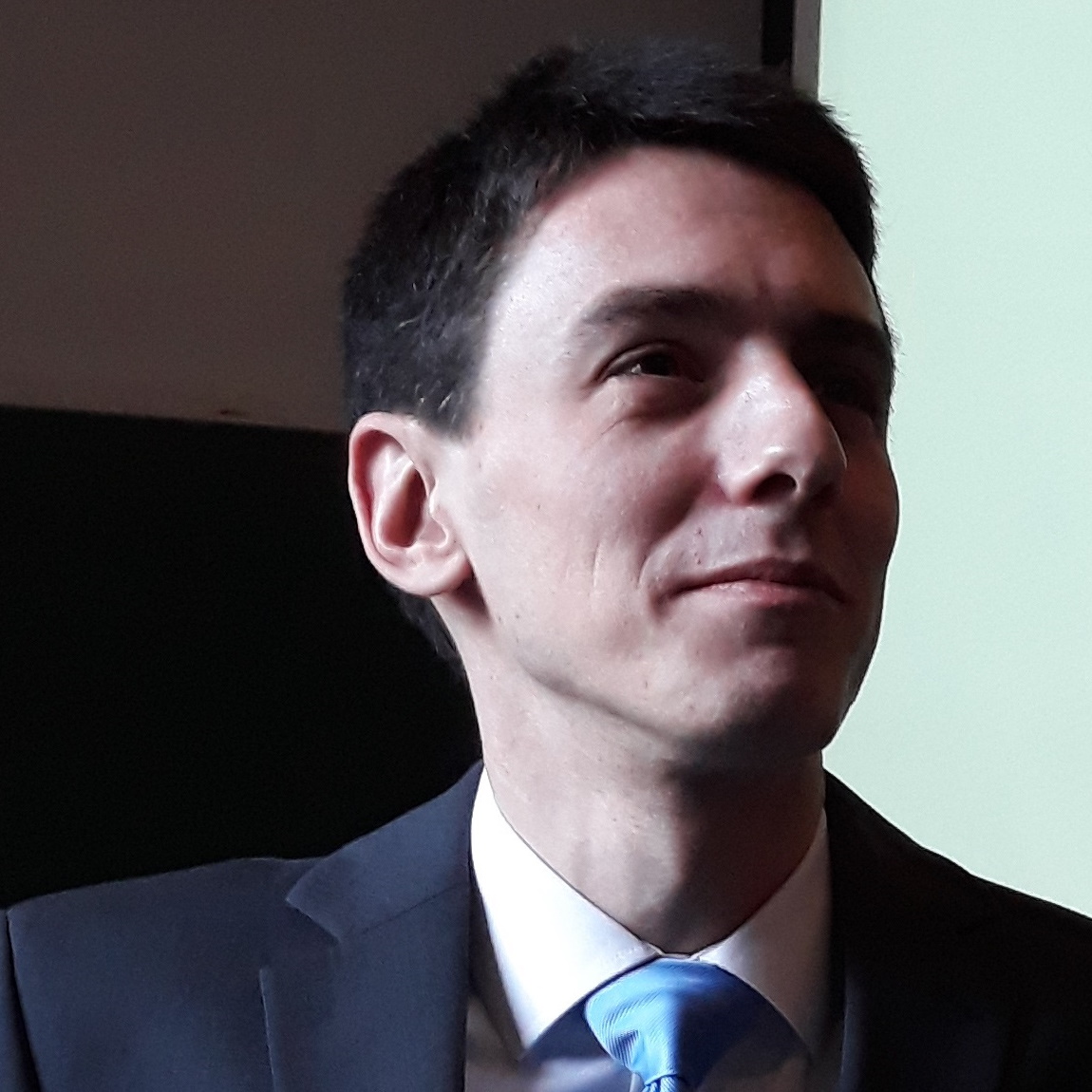

Olivier Lantsoght is graduated from the Université catholique de Louvain in 2011 as a mechanical engineer. After a short carrer in aeronautical industry, he comes back to the university in 2014 for doing a PhD. This PhD was possible thank to a FRIA Grant of the Fonds de la Recherche scientifique-FNRS, Belgium. He get its PhD in 2019 in the field of coupling multibody systems with the non-smooth contact dynamics.
Olivier mainly helps in code maintenance and upgrades. He is also the person in charge of the Python version of Robotran.
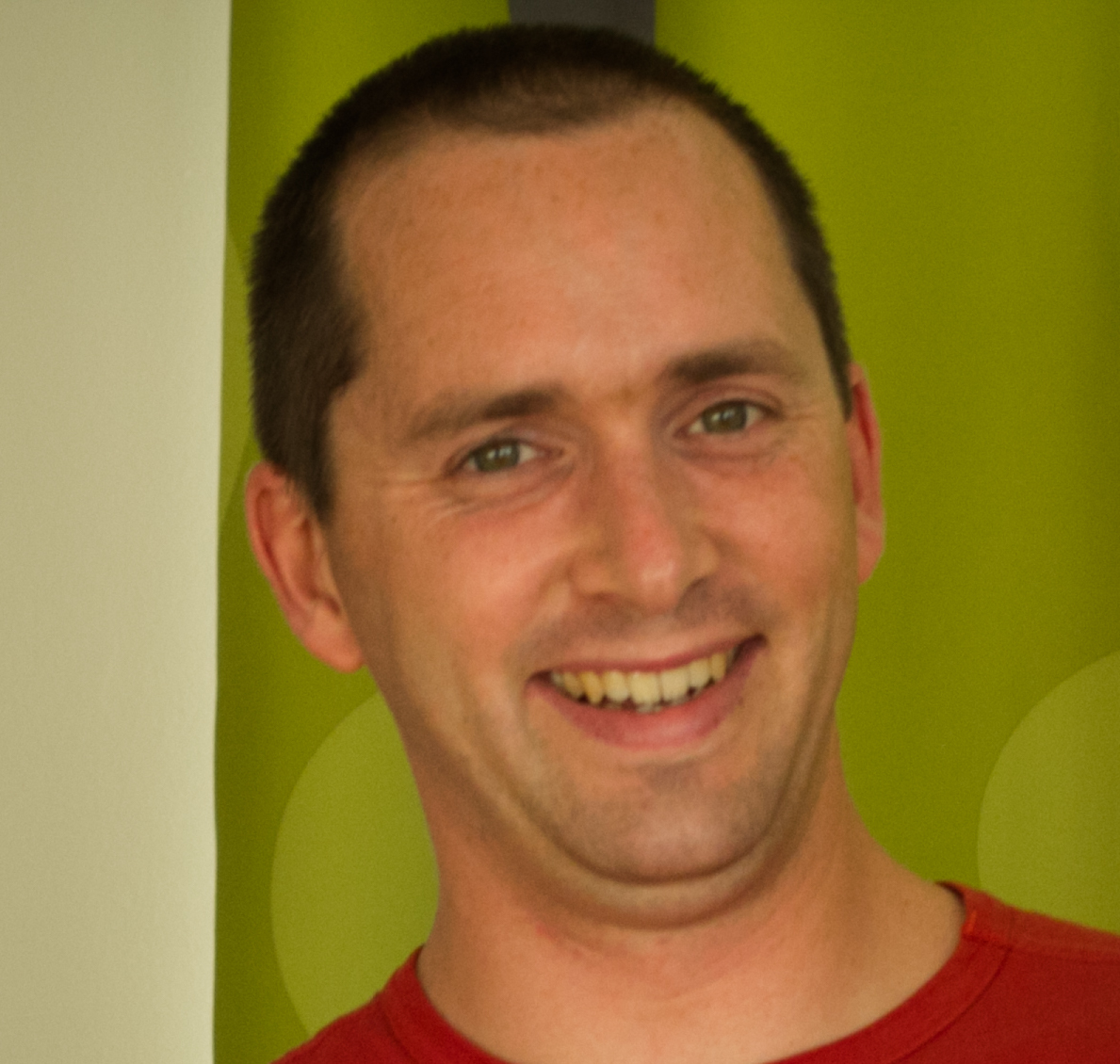

Mechanical engineer (2005) and PhD (2010) from UCLouvain, Nicolas is specialized in modelling of mechanical systems, especially for railways. During his thesis and the following years, he focused on coupling multibody models with other disciplines such as pneumatics and hydraulics. After a postdoctoral stay in Montpellier (France) where he developed a unified modelling approach to couple dynamics of multibody, he came back to Belgium as a senior researcher. Since that time, he has worked on modelling and experimental testing of railway infrastructures, conducting laboratory tests on a full-scale rail track.
Nicolas has animated and coordinated the researchers that develop ROBOTRAN. He is also invited lecturer at UCLouvain, in charge of teaching multibody modelling via a project-based approach, and co-founder and manager of Quandyga Engineering, an UCLouvain spin-off company that offers services related to multibody dynamics.


Emile is graduated at UCLouvain since 2017 in electromechanical engineering.
He is currently doing a PhD with Prof. R.Ronsse and Prof. P. Chatelain. He is working on a Captive Trajectory System allowing to developp fluid-machine interractions experiments.
Emile take part to the Robotran software development throught pedagogical projects. He also helps for testing new versions and reporting bugs. Finally, he takes part to the dynamic laboratory logistics.
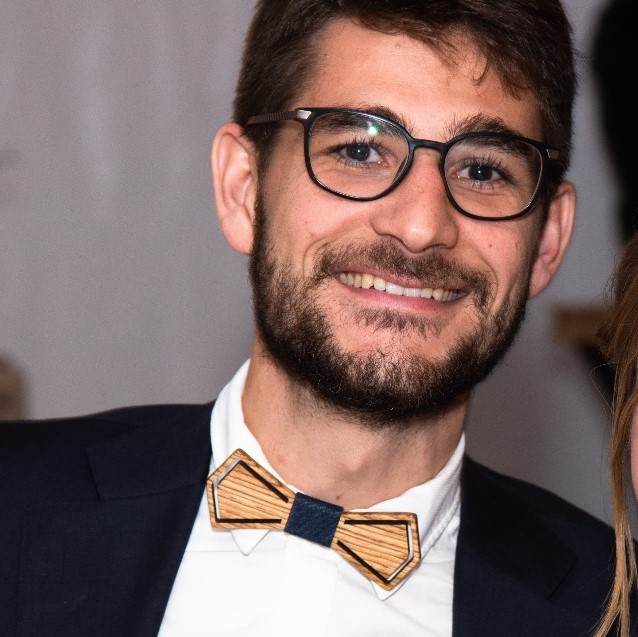

Alexandre Buset graduated from the Université catholique de Louvain in June 2020 as electro-mechanical engineer. After three years at Alstom SA Belgium as Validation and Verification engineer, Alexandre started a PhD project in a collaboration between Alstom and UCLouvain. His research subject focus on enhancing positioning and autonomous operation systems for railway vehicles through multibody modelling.
Alexandre takes part to Robotran software development for aspects linked to vehicle dynamics.
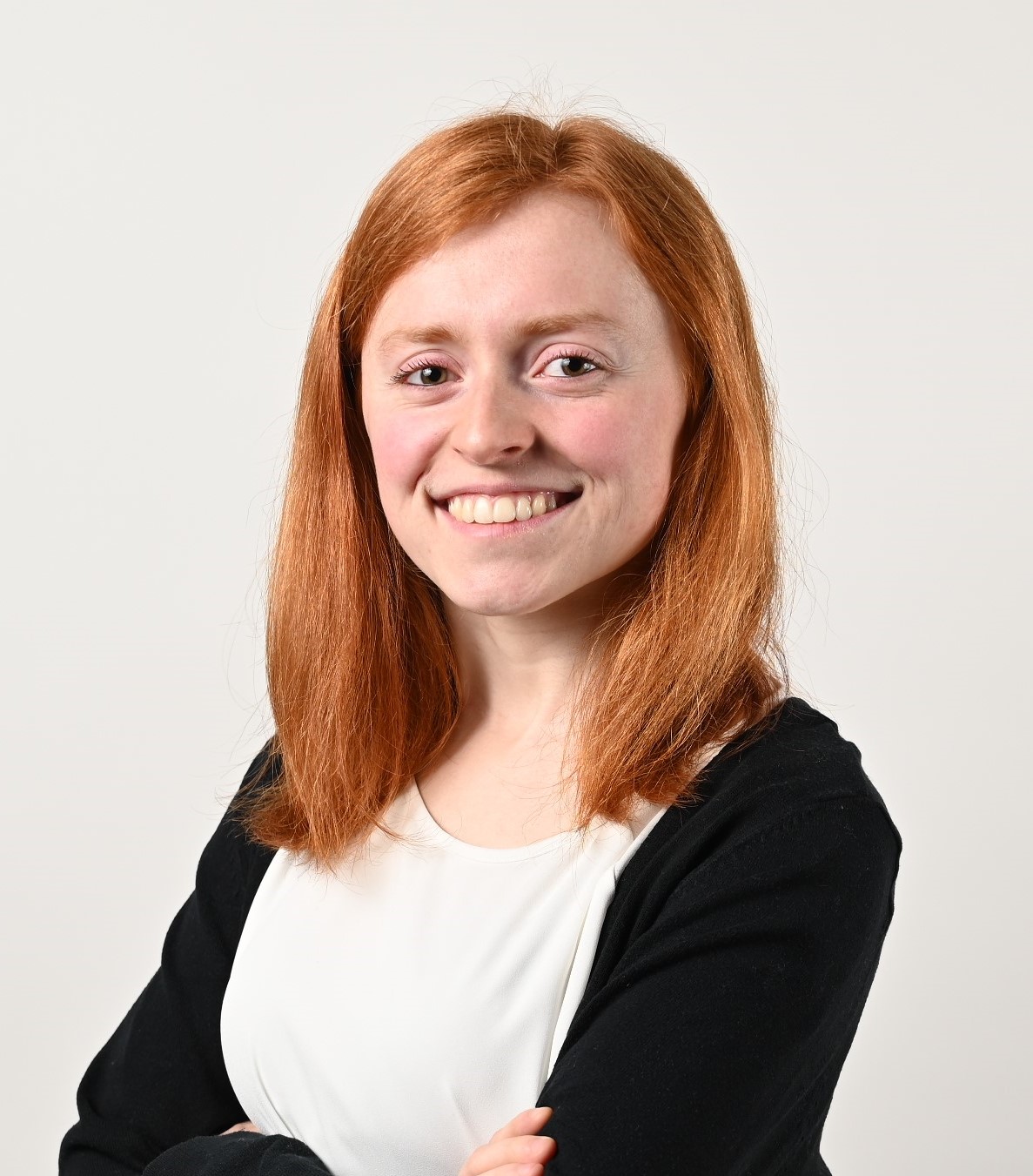

Marine is graduated at UCLouvain since 2024 in mechanical engineering.
She is currently pursuing a PhD under the supervision of Prof. P. Fisette, focusing on achieving hardware-in-the-loop multibody simulation through real-time coupling between numerical models and physical devices.
Marine contributes to the development of the Robotran software by aiming at automating a series of digital tests, ensuring a smoother process with each new release. She also helps for testing new versions and reporting bugs. Finally, she takes part to the dynamic laboratory logistics.
